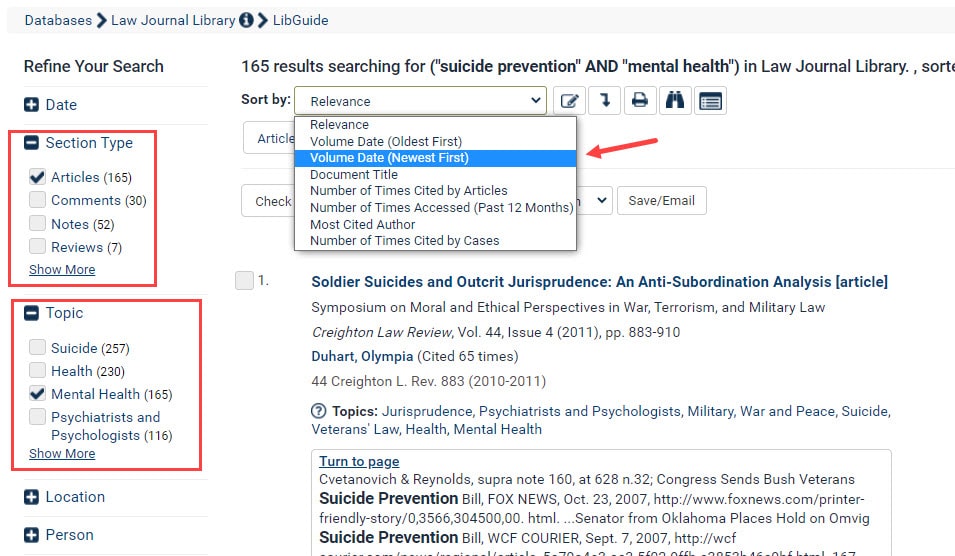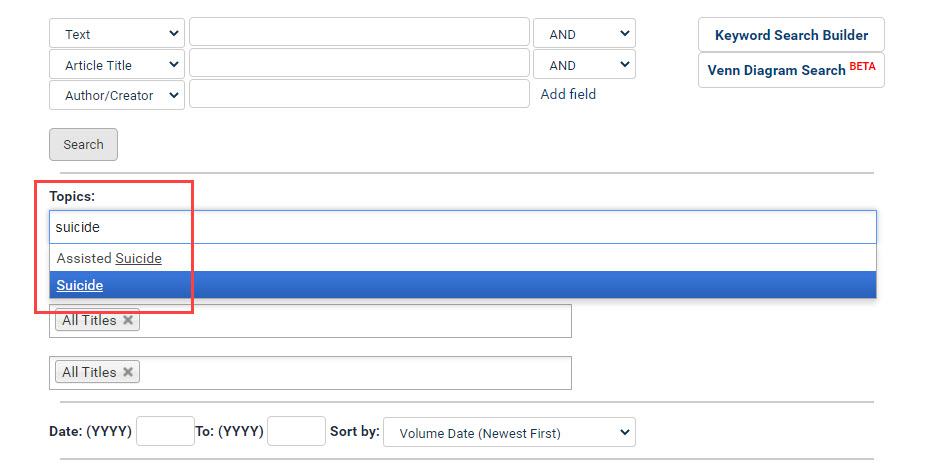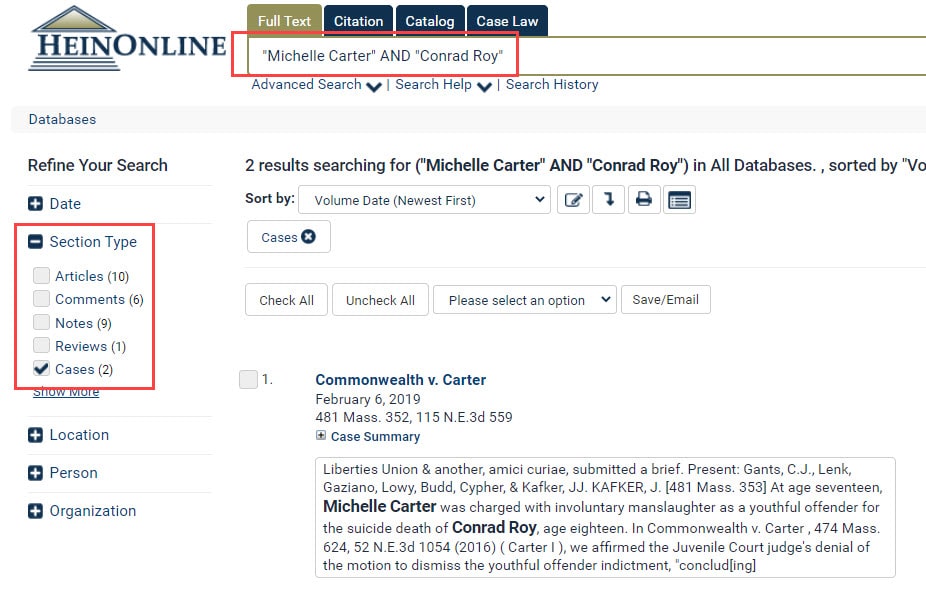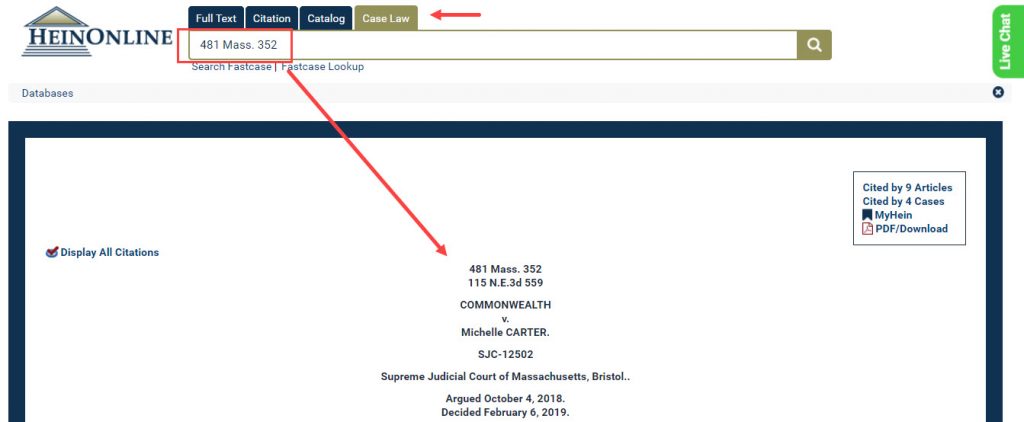This week is National Suicide Prevention Week, a campaign in the United States to draw attention to suicide prevention and reduce the stigma of mental health. Now more than ever, many Americans are facing stress and anxiety on a daily basis due to the coronavirus pandemic and lockdowns, the subsequent economic impact, and the ever-evolving civil rights crisis. Increased social isolation, lack of employment, and grief from losing a loved one are just a few reasons suicide is on the rise, although it has been for years.
Fast Facts on Suicide
According to the American Foundation for Suicide Prevention, suicide is the 10th leading cause of death in the United States. In 2018, 48,344 Americans died by suicide and an estimated 1.4 million people attempted suicide. On average there are 132 suicides per day.
So, who does suicide affect? Everyone. Suicide occurs in all demographic groups, but the rate of suicide is highest in middle-aged white men. In 2018, men died by suicide 3.56 times more often than women. Men are more likely to attempt suicide with firearms or by suffocation, while women are more likely to attempt suicide by poisoning.
Typically, suicide can be traced back to unrecognized, untreated, or poorly treated mental illness. Risk factors include:
- Depression, other mental disorders, or substance abuse disorder
- Certain medical conditions
- Chronic pain
- A prior suicide attempt
- Family history of a mental disorder or substance abuse
- Family history of suicide
- Family violence, including physical or sexual abuse
- Having guns or other firearms in the home
- Having recently been released from prison or jail
- Being exposed to others’ suicidal behavior
Warning Signs of Suicide
Now that we’ve highlighted some fast facts, how will you know if someone is considering suicide? Well, there are multiple warnings signs and symptoms that can be addressed to help prevent a tragic event and save lives. The more obvious signs are when people talk about wanting to die or to kill themselves. They might also mention feeling empty, hopeless, or having no reason to live. However, there are other not-so-straightforward signs to watch out for, which include:
- Mention of extreme guilt or shame
- Talking about feeling trapped or having no solutions
- Feeling unbearable emotion or physical pain
- Talking about being a burden to others
- Excessive use of alcohol or drugs
- Withdrawing from family and/or friends
- Changes to eating and sleep behaviors
- Taking risks that could lead to death
- Exhibiting signs of anger, irritation, and/or anxiety
- Extreme mood swings
If you or someone you know is exhibiting these warning signs, call the National Suicide Prevention Hotline.
Educate Yourself Using HeinOnline
HeinOnline may have originated as a law-based research database, but over the years we’ve expanded to include a multitude of disciplines. In fact, our Law Journal Library covers 120 different subjects, while specific articles feature more than 1,600 topics on a granular level—including mental health, suicide, and many more. Let’s take a look at the different ways we can research this topic.
Begin by entering the Law Journal Library and using the Full Text to search for “suicide prevention” AND “mental health.”

This query brings up nearly 1,500 results. To narrow these down a bit, let’s select Articles from the Section Type facet and Mental Health from the Topics facet. Finally, choose Volume Date (Newest First) from the Sort by option.

Relevant results include:
- Road Less Taken: Pathways to Care before Near-Lethal Suicide Attempts
- A Precarious Balance: Managing Stigma, Confidentiality, and Command Awareness in the Mental Health Arena
- The Ripples of Death: Exploring the Bereavement Experiences in Mental Health of Young Men in Custody
- PTSD and Women Warriors: Causes, Controls and a Congressional Cure
- Psychopathic Personality Traits, Suicide Ideation, and Suicide Attempts in Male Prison Inmates
Advanced Search
Next, let’s utilize the Advanced Search option within the Law Journal Library and select suicide from the topic section.

This topic brings more than 5,000 results to sort through. To narrow this down, click on 2016 to date in the Date facet, Full Text from our new Availability facet, and United States from the County Published facet.
Results include:
- Firearm Suicide as a Human Rights Priority for Prevention
- Sticks and Stones May Break Your Bones, but Words Can Also Kill: Limiting Criminal Liability for Words
- Shielding the Youth: Implementing Mindful Meditation in Public Schools to Reduce Rising Rates of Suicide and Depression Amongst Children, Teens, and Young Adults
- Correcting Correctional Suicide: Qualified Immunity and the Hurdles to Comprehensive Inmate Suicide Prevention
Catalog Searching
Lastly, let’s run a quick search for the word suicide in the Catalog tag. The Catalog search tag can be used to find terms within a publication title across all databases in HeinOnline.

These results include several congressional documents, CRS Reports, and books all relevant to suicide, such as:
- Screening for Youth Suicide Prevention
- Advancing Research to Prevent Suicide Act
- National Suicide Hotline Improvement Act of 2018
- Suicide: Studies on Its Philosophy, Causes, and Prevention
FastCase
Let’s research the case that has recently sparked media outlets, concerning Michelle Carter, a Massachusetts woman who was convicted of involuntary manslaughter for persuading her boyfriend, Conrad Roy, to kill himself over text messaging. Fastcase Premium subscribers can perform a keyword search that will bring up results from not only articles and other documents, but also from cases. Use the Full Text tab in HeinOnline to run a general search using the terms “Michelle Carter” AND “Conrad Roy.” From the results page, select Cases from the Section Type facet to be provided with two results.

Subscribers who only have Fastcase Basic, can also access this case by simply utilizing the Case Law tab found on the HeinOnline search bar. From here, enter the case citation 481 Mass. 352 to be directed to the case.

National Suicide Prevention Hotline: 1-800-273-8255
Are you or someone you love contemplating suicide? The National Suicide Prevention Lifeline is available 24 hours a day. The call is free and confidential.



